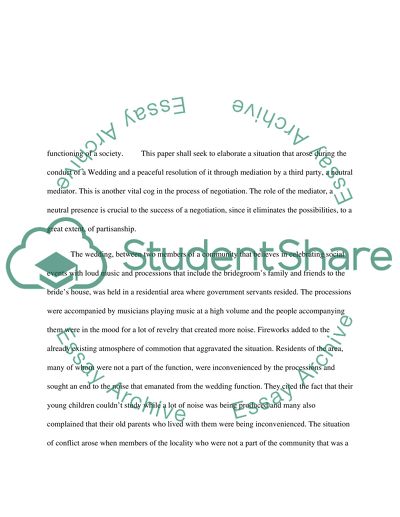Cite this document
(“Cross Cultural Conflict in Modern Society Term Paper”, n.d.)
Retrieved from https://studentshare.org/psychology/1434275-cross-cultural-conflict
Retrieved from https://studentshare.org/psychology/1434275-cross-cultural-conflict
(Cross Cultural Conflict in Modern Society Term Paper)
https://studentshare.org/psychology/1434275-cross-cultural-conflict.
https://studentshare.org/psychology/1434275-cross-cultural-conflict.
“Cross Cultural Conflict in Modern Society Term Paper”, n.d. https://studentshare.org/psychology/1434275-cross-cultural-conflict.


